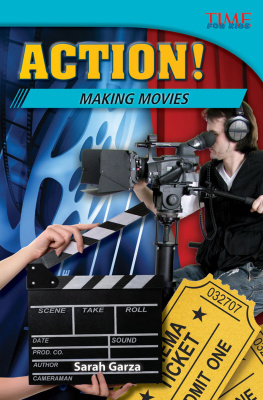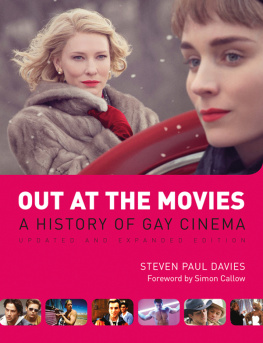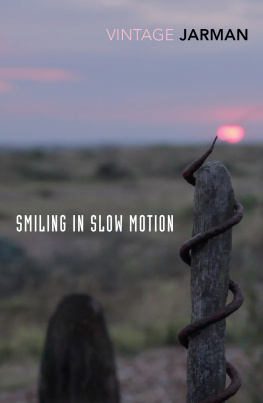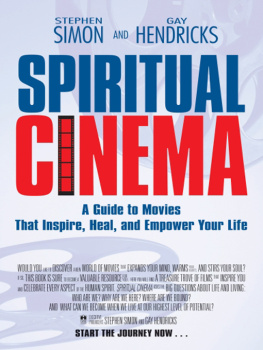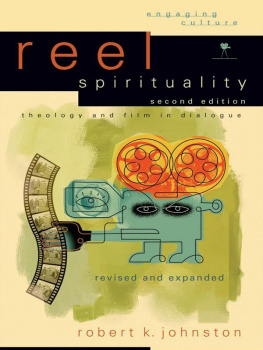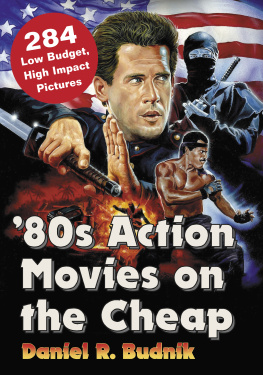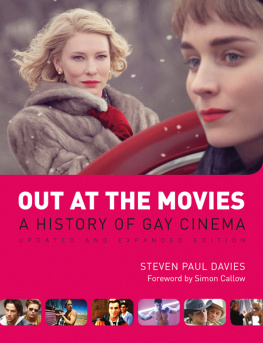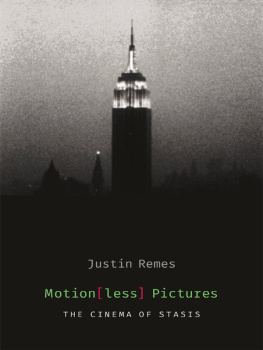Slow Movies
Slow Movies
Countering the Cinema of Action
IRA JAFFE
WALLFLOWER PRESS
LONDON & NEW YORK
A Wallflower Press Book
Published by
Columbia University Press
Publishers Since 1893
New York Chichester, West Sussex
cup.columbia.edu
Copyright Ira Jaffe 2014
All rights reserved.
EISBN: 978-0-231-85063-6
Wallflower Press is a registered trademark of Columbia University Press
A complete CIP record is available from the Library of Congress
ISBN 978-0-231-16978-3 (cloth : alk. paper)
ISBN 978-0-231-16979-0 (pbk. : alk. paper)
ISBN 978-0-231-85063-6 (e-book)
A Columbia University Press E-book.
CUP would be pleased to hear about your reading experience with this e-book at .
Contents
In memory of Howard
We want a cinema that puts the brakes on, slows things down. What we have to start doing if we want to study film history and the aesthetics of film history is to look at how different filmmakers are taking this other path.
David Bordwell, at a symposium in 2007 devoted to Bla Tarrs cinema
it is in stillness that one may be said to find true speed
Trinh T. Minh-ha, quoted in Karen Beckman and Jean Ma (eds), Still Moving
Let me begin by citing one more comment relevant to this books intent: Slow Movies That Are Still Compelling, an All Movie Talk podcast in December 2006, noted that many times the word slow is used as a synonym for dull or boring, and certainly that is often an apt description, but we want to make a case for movies that work without speeding from one plot point to another. While the podcasts goals comported with the views of Bordwell and Trinh, its classification of two disparate films, Tokyo Story (Yasujiro Ozu, 1953) and Raging Bull (Martin Scorsese, 1980), as slow movies suggested that what is slow, perhaps like what works, is debatable. As I explore acclaimed slow movies made since 1984, the year of Jim Jarmuschs Stranger Than Paradise, my aim is to examine elements besides plot that make certain movies both slow and compelling so compelling, in fact, as to warrant greater notice by the general public as well as by those who closely study film history and aesthetics. The approaches in recent slow movies to plot, character and emotion and to stillness, motion, time and space underscore aspects of contemporary existence rarely foregrounded in either popular or art films. These slow movies augment cinemas historic achievement in mirroring a wide range of humanity.
Movies of the last three decades that I am calling slow represent a style or disposition embraced by cinephiles around the world. Created by some of the finest film artists working today in Argentina, China, Hungary, Iran, Portugal, Romania, Russia, Turkey and the United States these movies have been hailed at Cannes, Berlin, Venice, Sao Paulo, Toronto, New York and other international film festivals as well as in the pages of leading film journals. Yet in the US and elsewhere, several of these movies and their directors remain largely unknown to the general public and even to many film students. While studies exist of individual directors of slow movies, some of whom, like Gus Van Sant, make faster films as well, no book has undertaken a critical examination of significant slow movies and their directors as a group. This study draws together several such movies and investigates their major artistic and philosophical interests. It explores what makes their form and content compelling as well as how they relate to slow films by earlier directors, including Ozu, Robert Bresson, Michelangelo Antonioni and Carl Theodor Dreyer, to which they are often compared. The study also touches on intersections of slow movies and writings by Gilles Deleuze, Andr Bazin, Bresson, Laura Mulvey and other analysts of film and culture.
The following directors and slow movies comprise the books focus:
Jim Jarmusch (US): Stranger Than Paradise (1984) and Dead Man (1995)
Gus Van Sant (US): Elephant (2003)
Todd Haynes (US): Safe (1995)
Alexander Sokurov (Russia): The Second Circle (1990) and Mother and Son (1997)
Nuri Bilge Ceylan (Turkey): Distant (2002) and Climates (2006)
Cristi Puiu (Romania): The Death of Mr. Lazarescu (2005)
Cristian Mungiu (Romania): 4 Months, 3 Weeks and 2 Days (2007)
Corneliu Porumboiu (Romania): 12:08 East of Bucharest (2006)
Lisandro Alonso (Argentina): Liverpool (2008)
Pedro Costa (Portugal): Ossos (Bones) (1997)
Manoel de Oliveira (Portugal): A Talking Picture (2003)
Abbas Kiarostami (Iran): Taste of Cherry (1997) and Five Dedicated to Ozu (2003)
Jia Zhang-ke (China): Still Life (2006)
Bla Tarr (Hungary): Werckmeister Harmonies (2000) and The Turin Horse (2011)
Further, a bit like slow-movie characters, the plot and dialogue in slow movies often gravitate towards stillness and death, and tend, in any case, to be minimal, indeterminate and unresolved. Complaints that nothing is happening, prompted earlier in history by films directed by Antonioni, Andy Warhol and Chantal Akerman, paintings by Mark Rothko and Barnett Newman, and plays by Anton Chekhov and Samuel Beckett, arise anew regarding several of the slow movies explored in this book.
The cinematic traits sketched in the last paragraph bear on filmmaker and scholar Paul Schraders study Transcendental Style in Film: Ozu, Bresson, Dreyer (1972), as when Schrader writes of a sense of privation and desolation conveyed in films by his three canonical directors partly as a result of constraints they impose on emotion, physical action, camera movement, cutting and mise-en-scne. In addition, however, Schrader often discerns in his transcendental films successful quests for spiritual grace, holiness and redemption such as rarely occur in contemporary slow movies, which tilt in a more secular and bleak direction. One would also hesitate to argue that in most contemporary slow movies worldly wisdom, if not spiritual grace, illumines the emptiness and desolation.
In Deleuzes time-image cinema, then, time itself no longer occluded by action, motion or emotion becomes salient.
Deleuze refers to the time-image as the thinking image. Conceivably the empty time and space of slow movies open the way to a cinema of contemplation, a cinema congenial to Raymond Bellours pensive or reflective spectator.
It seems appropriate, in any case, that absence, stillness, emptiness and death, which inhere both in motion pictures and everyday life, emerge now and again as explicit concerns of slow movies.
Indeed, these concerns may figure more prominently in slow movies to be explored in this book than in the films cited by Deleuze as exemplary of the time-image. When compared to the minimalist slow movies, a number of Deleuzes films seem fast-paced, dense, talky, showy, even spectacular. A major reason for the disparity is that his films often zealously depict memory, the past and inner life. Citizen Kane (Orson Welles, 1941), for instance, which Deleuze considers the greatest instance of the cinema of time, hinges on extensive flashbacks of Kanes life, and Diary of a Country Priest (Robert Bresson, 1950) relies on the priests recital, in voice-over, of his innermost thoughts as well as on his dialogue with parishioners. Other formal aspects of these two films also distinguish them from recent slow movies: the frequent cuts or editing in


